How to Keep Disabled Dogs Happy and Healthy? Here Are 7 Tips...
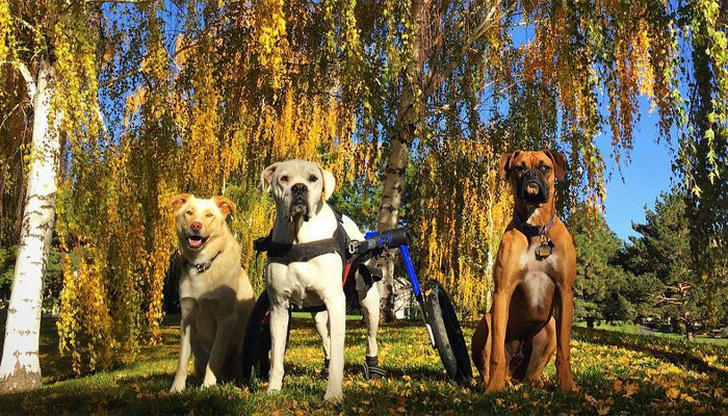
If you have a pet with special needs, like trouble seeing or missing limbs, you've probably spent a lot of time searching online for ways to help them out. Taking care of a pet with disabilities isn't easy, but with the right routines, you can keep your furry friend happy and healthy for a long time. And guess what? You don't have to keep them cooped up indoors all the time. You can still take them on adventures or let them enjoy the great outdoors!
Start by visiting your vet to get a proper diagnosis and a plan for their care. Depending on what's going on with your pet, they might need different treatments or medicines to feel their best. But there are things you can do at home to make them feel good too. Here are some simple tips to help your disabled pet stay well.
Evaluate Quality of Life
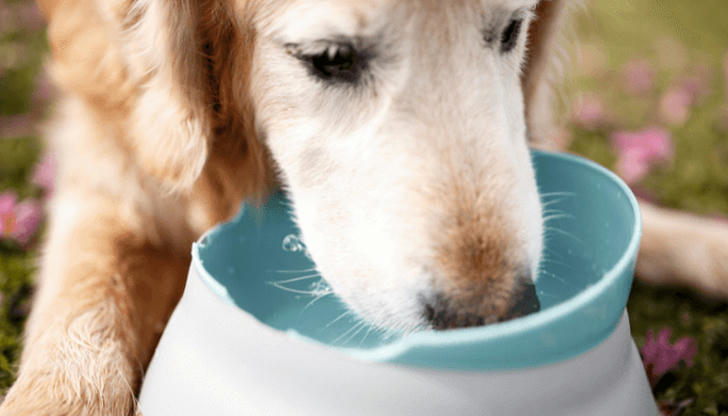
While happiness may be challenging to measure, it significantly influences an individual's quality of life, including that of a disabled dog. If your canine companion continues to eat, display interest in activities, and interact with you, she likely enjoys a healthy life. However, if she becomes disinterested, lethargic, or unresponsive, difficult decisions may arise.
Therefore, it's crucial to monitor her daily activity and pain levels closely. Understanding her unique needs and behaviors will empower you to implement small adjustments that can greatly enhance her quality of life. Additionally, if there are any changes in her condition, promptly consulting with a veterinarian is advisable to ensure her well-being.
Use A Wheelchair or Harness
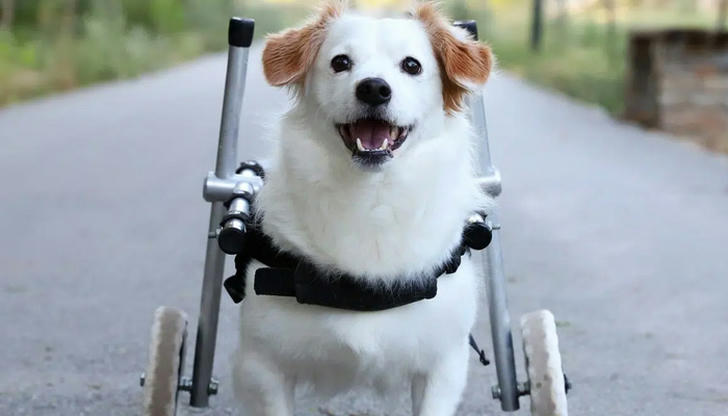
Mobility limitations can lead to symptoms like depression, decreased appetite, and various behavioral changes, significantly impacting the dog's quality of life. Luckily, many physically impaired dogs can regain mobility with the assistance of mobility aids.
For canines grappling with limb weakness, a dog harness can greatly facilitate tasks like ascending stairs or getting into vehicles. Additionally, if your dog requires more assistance with movement, a wheelchair for their hind legs or a comprehensive support cart could be precisely what they need to regain independence.
Exercise Together
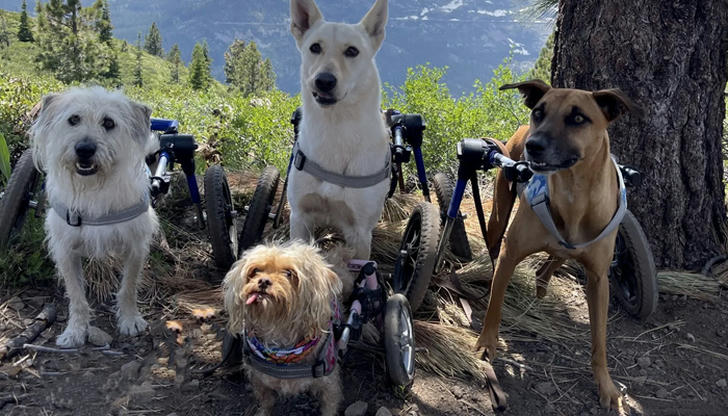
Even though disabled dogs may face limitations, they still require exercise. Many of them desire to engage in playful activities but are unable to due to conditions such as degenerative myelopathy or congenital defects. Therefore, it's essential to discover suitable activities for them.
For a dog with restricted mobility, this could involve shorter walks or exploring options like a dog swimming pool. Whichever form of exercise you opt for, ensure that your dog can comfortably participate and show enjoyment in the activity.
Maintain Hygiene
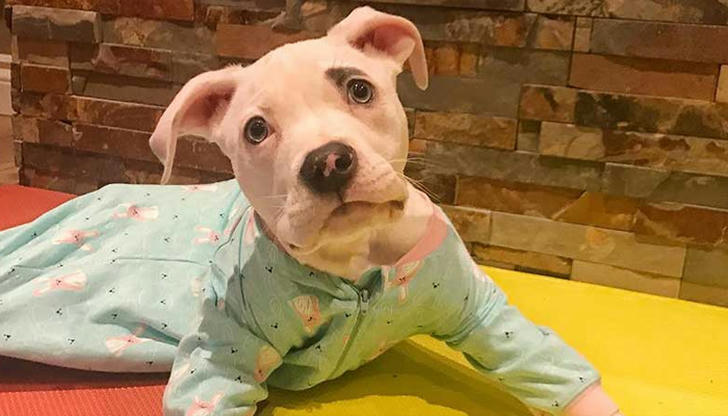
While you might have some familiarity with brushing your dog's teeth, caring for the hygiene of a disabled dog typically demands extra assistance. If your pup struggles with stiffness or other limitations that hinder self-cleaning, you may need to trim long fur to prevent soiling.
If you're not comfortable with this task, scheduling an appointment with a professional dog groomer is advisable. Additionally, don't overlook the importance of regular brushing. Not only does it gather loose hair, preventing it from littering your floors, but it also prevents the formation of knots and mats, promoting a shiny and healthy coat for your dog.
Do a Daily Check

Disabled dogs may lose sensation in paralyzed limbs, so they may not show typical signs of distress, such as whining or limping to indicate injuries in those areas. It's crucial to conduct a daily inspection to identify any potential injuries.
This daily check is also beneficial for dogs with other disabilities. For instance, if your dog becomes blind, they may struggle to navigate their once-familiar surroundings and locate food and water bowls. During this adjustment period, it's essential to stay close by and ensure they can find their meals to maintain proper nutrition until they adapt to their loss of sight.
Adapt Training to the Disability
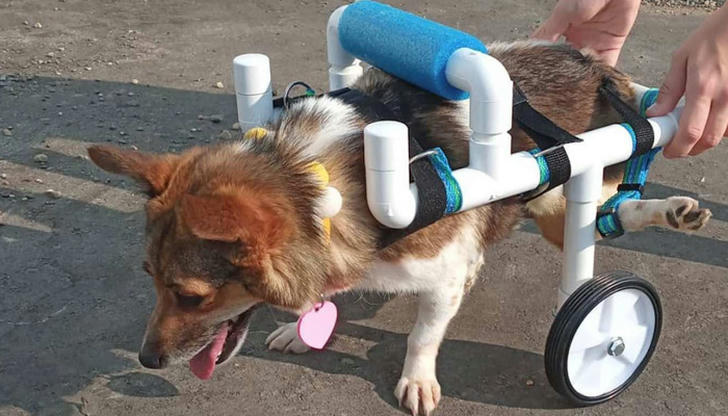
Even dogs with disabilities can learn new things! Training can actually be a fun way to keep your furry friend engaged and happy. But you might need to adjust your approach to fit their needs.
For example, if your dog is losing their hearing, teaching hand signals can be a great alternative. And if they're getting used to a wheelchair, spend time praising and encouraging them to get comfortable with it.
Be Patient
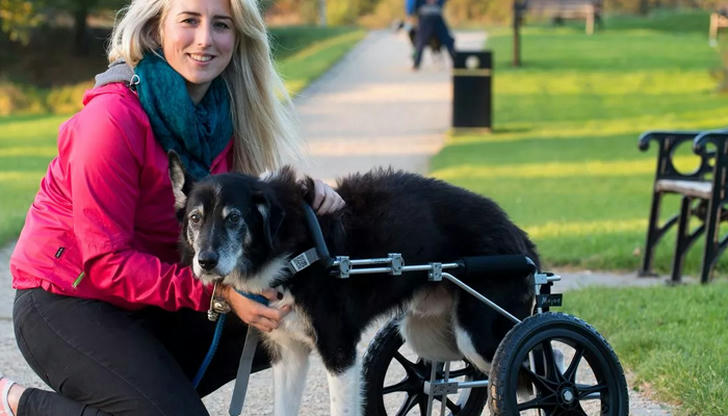
It's important to be patient both with your dog as they adjust to their new way of life and with yourself. It can be tough to see your energetic pup facing challenges like losing their eyesight, but making some simple adjustments can really improve their well-being. So take your time and enjoy every moment with your special dog.
